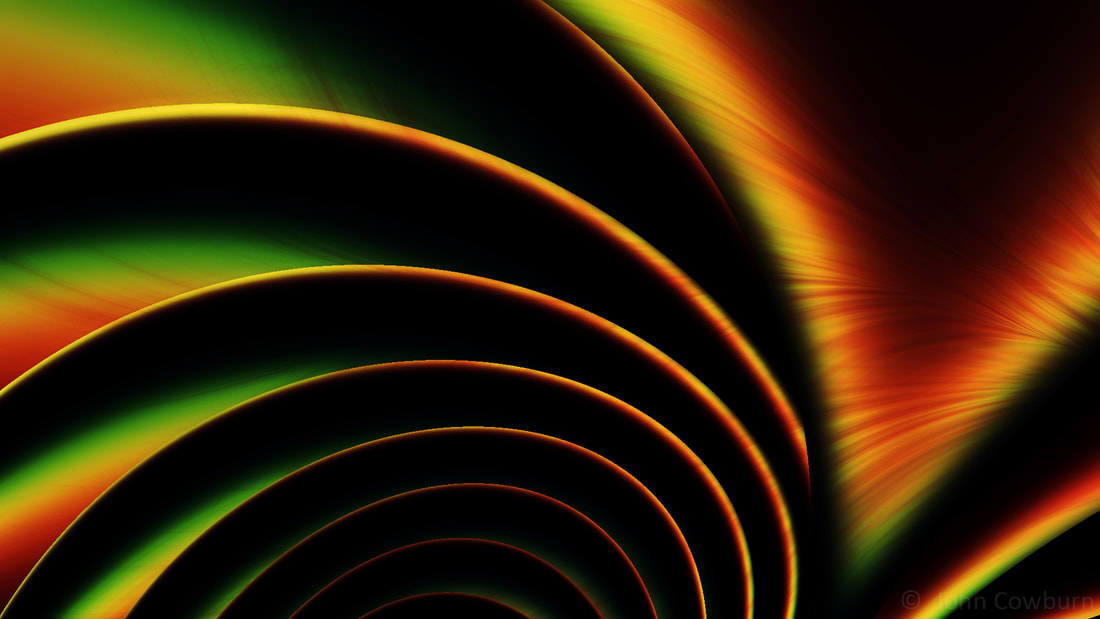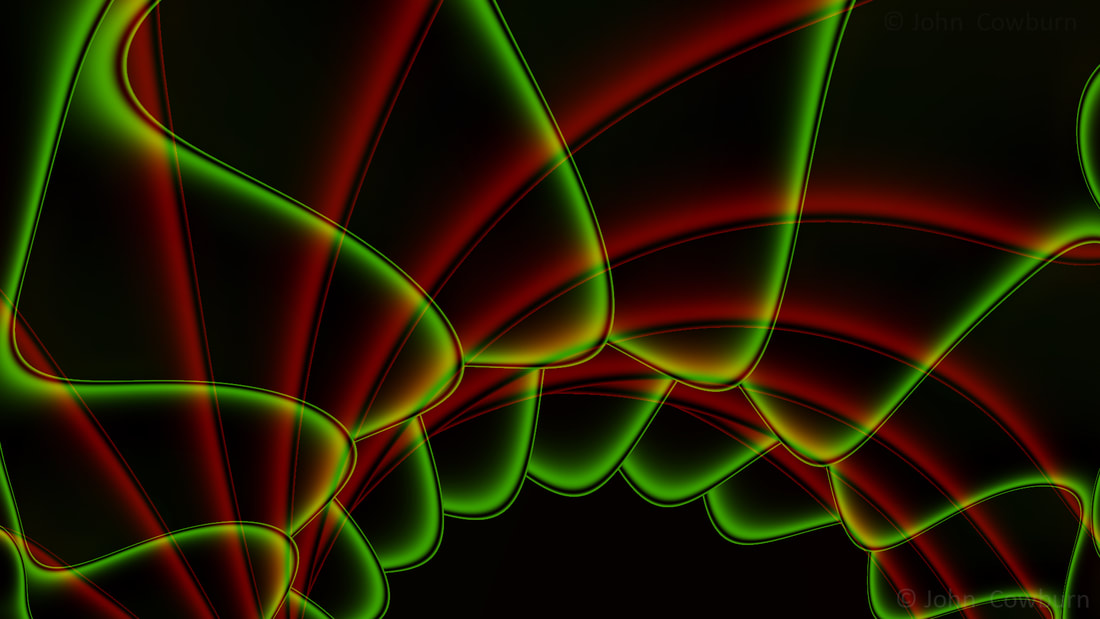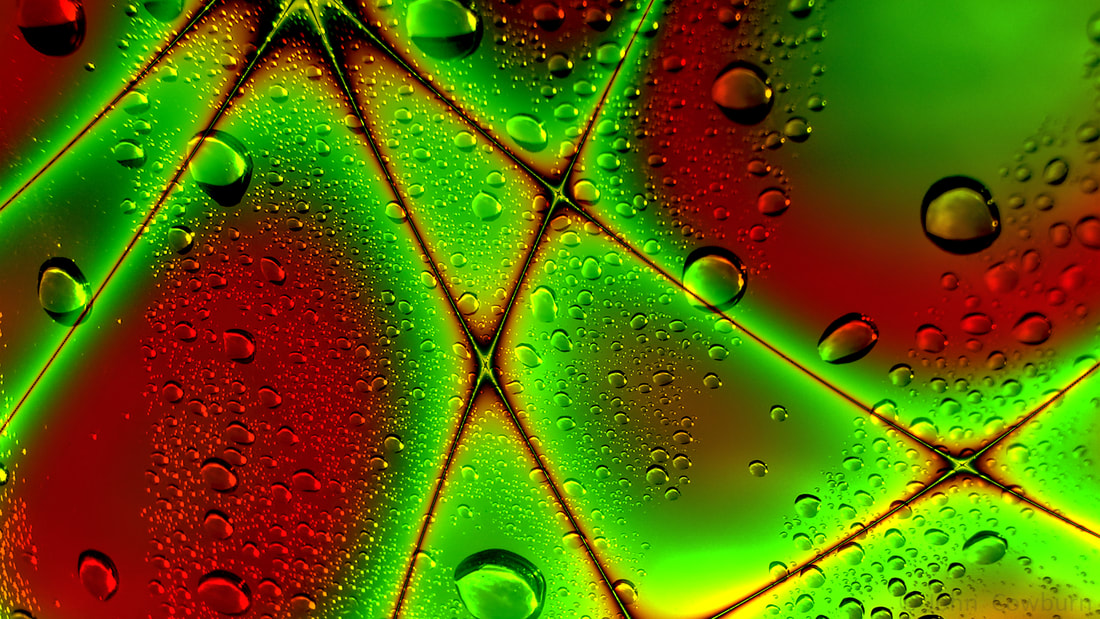n
It then struck me how consistent my approach was to tasting wine and that this consistency is a vital part—no make that an absolute requirement–to becoming an experienced taster. It also made me think about some of the major challenges for a beginner and the fact that there are multiple major disconnects about wine. Here are a few of those disconnects along with some potentially effective strategies/solutions for beginning tasters.
Disconnect I: Wine is a liquid that smells and tastes like other things
Apple juice may smell and taste like apple juice and milk like milk, but anything brewed, fermented, or distilled smells like a host of things beyond the base material. Wine is no exception, creating a lot of wonderful but intimidating complexity for the beginning taster.
Disconnect II: Wine has no inherent vocabulary
With wine we are left to use the language of seeing, hearing, and feeling to describe what we smell and taste–as if the experience wasn’t already subjective enough. And isn’t all experience subjective?
Disconnect III: The expectation that learning how to taste wine is somehow different than learning about anything else.
This is perhaps the biggest disconnect of all. Most of the human race is visual-dominant when it comes to internal representational systems (A way of saying how we think). We perceive, learn, and remember in still images and movies inside our “heads.” Learning about wine, odd as it may seem, is no different in that there’s a vitally important visual aspect to our experience of smelling and tasting that allows us to make sense out of what’s in the glass. For most, this visual component is completely unconscious.
It’s All about Knowing How to Begin
Beyond these major disconnects, perhaps the biggest challenge for a beginning/novice taster is knowing how to start; literally having a starting
routine of some kind. After watching the corporate group trying to sort through their flight of wines I came to conclusion that most beginners have no idea of how or where to start other than picking up the glass, sticking their nose into it, and then pretending they look like they know what they’re doing. I’ve been there and remember it well.
With the strategic modeling work I’ve done over the last couple of years with MS and MW colleagues, I’ve come to the conclusion that something all experienced tasters share—without exception—is a consistent starting routine. This routine includes how we “address” the glass in terms of picking it up, putting it to our noses, and–arguably even more important—what we do with our eyes when we initially start to smell a wine. It’s not unlike playing golf where having a consistent routine when addressing the ball and setting up a shot is crucial to one’s consistency and ultimately one’s success in the game. Dealing with a glass of wine is no different. How one holds the glass, where it’s placed on or near the nose to be able to smell, and how we actually smell the wine are all part of the routine. Further, where we look and what we say to ourselves is equally important in terms of our being consistent.
Developing one’s starting routine involves finding the right glassware stance, using the right starting eye position combined with an internal auditory prompt in one’s own voice. Here are the steps to getting one’s routine together.
Glassware Stance
I: Getting Started
a. Resting point: where the glass is placed
b. Glass angle: finding the sweet spot
c. Passive vs. active inhalation: smelling with the mouth closed or open
Finding the resting point: I remember George Riedel demonstrating how to smell wine to a group by saying to place the glass on your upper lip.
Finding the sweet spot: now slowly (emphasis on slowly) start to angle the glass up until you can really smell the wine. Somewhere between 45° and 55° you’ll find your sweet spot. It can be slightly different with different kinds of glasses. But try to remember generally where it is as it’s the beginning of your “zone.” Next, as you start to angle the glass slowly upwards be aware of what happens to your torso/upper body, head, and eyes—all of the above move downwards. That’s important.
Passive vs. active inhalation: most of the human race smells wine with just their nose—as in with their mouth closed. I call this “passive” inhalation. But there is a small percentage of us, self included, who smell wine with their mouth slightly open, and breathe in (and out) gently through nose and mouth at the same time. The beginner needs to find this one out quickly, because there might be the odd chance that he or she may be able smell dramatically better by simply opening their mouth–as in “active” inhalation. I’ve written previously about my epiphany during a Cognac master class. For me, the simple act of opening my mouth was literally the difference between being able to detect single components in the glass, much less to be able to smell at all.
To find out if “active inhalation” works for you, do a quick check; try pulling the glass away from your face by at least half an inch. Open your mouth about a quarter of an inch and breathe in gently through your mouth and nose at the same time (Remember to breathe out too!). Can you smell more? Less? Is it impossible to do? Make note if it works better and remember to use it–especially with high alcohol wines (as in fortified) or spirits.
Finding a Consistent Starting Eye Position
I’ve written about the importance of eye positions in tasting previously. I’m convinced that one simply cannot become an experienced taster unless one uses a consistent starting eye position as well as other consistent eye patterns when smelling and tasting. The reasons have to do with eye accessing cues and memory function. Using a consistent start eye position is a vital part of having a tasting routine; it literally is the mental trigger that starts the smelling and tasting sequence. It’s also part of being able to shut the world out. When the eyes go to a specific location, it’s a signal to the brain to focus on the task at hand as completely as possible (in this case is smelling and/or tasting the wine), and to delete/ignore the avalanche of other sensory data available at the moment. Being able to concentrate–ferociously—is an important key to becoming a good taster.
Exercise: finding your starting eye position
As you pick up the glass and start smelling the wine do the following:
a. Start by looking down in front and/or to the left/right
b. As you smell the wine move your eyes side to side slowly
c. Use your free hand to point EXACTLY where your eyes are looking
Find your zone – the place that feels the most comfortable WHILE you talk to yourself
Tips:
a. Use “SOFT” eyes!
b. Repetition: practice going to your spot multiple times
c. Keep smelling the wine when you’re moving your eyes!
Two Important Points
First, it’s important to note that there is no right or correct way of doing this. Everyone’s starting eye position/location is unique. Most people find their zone down center or down left. Others find it down and to the right. A very small group of tasters I’ve worked with don’t look down when smelling and instead look out at horizon level. Again, whatever place feels best for you and allows you to focus and concentrate is your very own unique eye position. Find it and use it consistently. You’ll be glad you did.
Second, remember this is the starting point we’re talking about and your eyes will go to other locations quickly to access different memory functions needed as you explore the wine. To repeat, your eyes will NOT stay in the starting position throughout the smelling/tasting sequence. To
do so would feel … well, really odd.
Without exception, all the Masters I worked with prompt the smelling and tasting sequence with an internal auditory phrase in their own voice. Here are some of the phrases used:
“What’s there?”
“What am I smelling?”
“What’s in the glass?”
“What kind of fruit (etc.) is it?”
“What is this on the end of my fork?” (Just kidding)
Now we can begin …
With knowledge of glassware stance, starting eye position, and auditory prompt, the beginning taster is now set up and ready to go. But what’s next? How to figure out what the wine smells and tastes like. This goes back to one of the disconnects mentioned above, specifically the one about wine being a liquid that smells and tastes like other things. The bad news is that being a good taster requires a lot of experience, i.e., tasting a lot of wines over a prolonged duration of time. In doing so, one develops a highly acute memory of different smells and tastes. The good news is that everyone without exception possesses all the hardware and software needed to do just that. But how to start? That’s a good question and my
solution is a concept called “Front Loading” and using what I call the “Basic Set.” We’ll cover it in the next post. Until then, à votre santé!
nn


